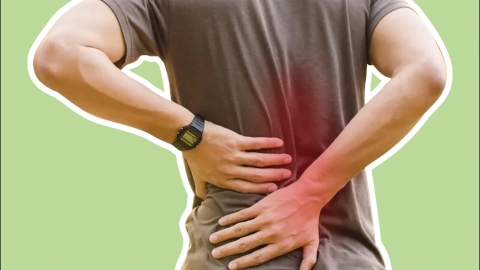Can lower back pain severely affect the liver?
Generally speaking, low back pain may not severely affect the liver. The detailed analysis is as follows:

Low back pain is primarily associated with abnormalities in the structures of the waist, such as muscles, bones, and nerves, including conditions like lumbar muscle strain and lumbar disc herniation. The liver, on the other hand, is an independent organ whose primary functions include detoxification, metabolism, and biosynthesis. It is relatively independent from the waist structures both anatomically and functionally. Therefore, isolated low back pain typically does not directly cause liver dysfunction. However, in certain special circumstances, low back pain may be somewhat related to liver problems. For example, severe liver diseases such as cirrhosis can lead to fluid accumulation in the abdomen (ascites), thereby increasing abdominal pressure and compressing nerves or related structures in the waist, thus worsening symptoms of low back pain. However, this situation is relatively rare, and low back pain is not directly caused by liver disease but rather one of its complications.
In daily life, one should maintain correct sitting and standing postures, avoid maintaining the same posture for long periods, and engage in regular physical activity to reduce strain on the waist. At the same time, strengthening lumbar exercises through appropriate activities such as yoga and swimming can enhance the strength and flexibility of the waist muscles, helping to prevent low back pain.





